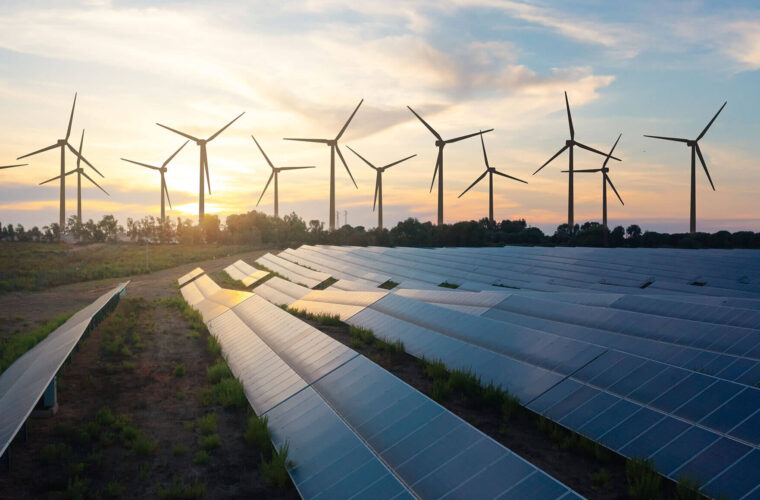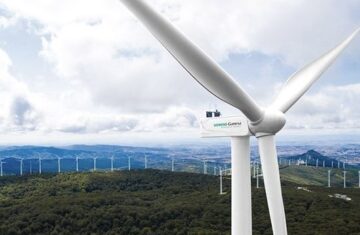According to a recent report by think tank Ember, the production of renewable electricity in the UK is set to surpass that of fossil fuels for an entire calendar year for the first time. While periods of high wind have previously led to days dominated by renewable power, this marks a significant shift in the overall energy landscape.
Key Drivers of Change
This transition is largely attributed to a decline in fossil fuel production—specifically from coal, gas, and oil—coupled with an increase in wind, solar, and biomass energy. The closure of Britain’s last coal-fired power station at Ratcliffe-on-Soar this year has played a pivotal role in slashing emissions and ending the UK’s 142-year reliance on coal.
For 2023, wind, solar, and hydropower are projected to contribute 37% of the UK’s electricity, compared to 35% from fossil fuels, mainly natural gas. The remainder of the energy mix consists of nuclear and biofuels.
Historical Context
Just three years ago, fossil fuels accounted for 46% of electricity generation, while renewables only made up 27%. In the year 2000, about three-quarters of electricity was generated from fossil fuels, with a larger share coming from nuclear energy.
Growth in Renewable Capacity
The first nine months of this year saw a 23% increase in onshore wind generation. Onshore wind is particularly cost-effective to install and maintain once planning permission is secured. The report notes that the lifting of the de facto onshore wind ban in July 2024 is expected to accelerate deployment rates in England, contributing to the UK’s goal of a clean power system by 2030.
While offshore wind has experienced a slower year, several large projects are anticipated to come online in the coming years, adding 3.8 gigawatts to the UK’s existing 75 gigawatts of capacity.
Future Outlook
Frankie Mayo, an analyst at Ember, stated, “This long-awaited milestone is a testament to how much progress the UK has made. It’s time to seize the moment, to cut reliance on expensive gas with new renewables, storage, and grid upgrades.” With the phase-out of coal completed, reducing gas usage is the next significant opportunity for the country.
Electricity imports from neighboring countries, such as France, with its extensive nuclear power fleet, have also contributed to the transition, allowing the UK to access cheaper power via undersea cables.
Clean Energy Commitment

The report highlights that several factors— including increased renewables, lower electricity demand, and higher net power imports—have collectively reduced fossil fuel usage in recent years. Looking ahead, electrification is expected to increase electricity demand. However, the overall trend indicates a targeted decline in expensive gas power, projected to fall below 5% of total generation by 2030, down from 30% in 2024.
The Labour government has committed to establishing Britain as a “clean energy superpower” by enhancing wind and nuclear capacity to decrease energy costs and reduce dependence on natural gas and oil. By next year, offshore wind is expected to cost £44 per megawatt hour compared to £114 for gas.
Sources
- Ember – UK Renewable Energy Report
- UK Government – Energy Statistics
- Bloomberg – Renewable Energy Growth in the UK



